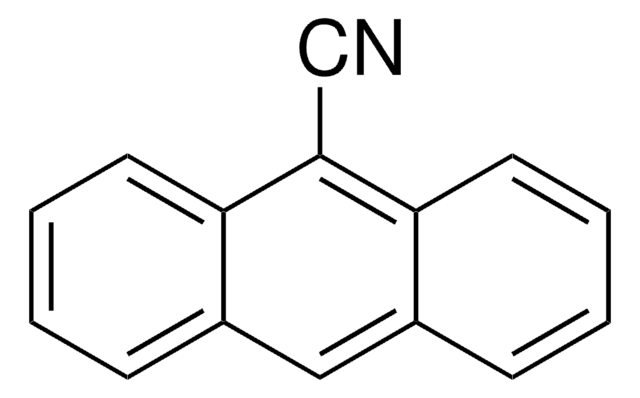123595
2,3-Benzofluorene
98%
Synonym(s):
11H-Benzo[b]fluorene, Isonaphthofluorene
Sign Into View Organizational & Contract Pricing
All Photos(1)
About This Item
Empirical Formula (Hill Notation):
C17H12
CAS Number:
Molecular Weight:
216.28
Beilstein:
2046365
EC Number:
MDL number:
UNSPSC Code:
12352100
PubChem Substance ID:
NACRES:
NA.22
Recommended Products
Assay
98%
form
solid
mp
211-213 °C (lit.)
solubility
methanol: soluble
SMILES string
C1c2ccccc2-c3cc4ccccc4cc13
InChI
1S/C17H12/c1-2-6-13-11-17-15(9-12(13)5-1)10-14-7-3-4-8-16(14)17/h1-9,11H,10H2
InChI key
HAPOJKSPCGLOOD-UHFFFAOYSA-N
Looking for similar products? Visit Product Comparison Guide
General description
2,3-Benzofluorene was identified in a coal liquid (solvent-refined coal) product by synchronous fluorescence and the room-temperature phosphorescence methods. It inhibits estradiol-dependent reporter activity in yeast.
Application
2,3-Benzofluorene was used in three way analysis of fluorescence excitation-emission matrices of mixtures of polycyclic aromatic hydrocarbons. It was used as standard to detect the ambient particle-bound polycyclic aromatic hydrocarbons by a real-time aerosol mass spectrometer.
Storage Class Code
11 - Combustible Solids
WGK
WGK 3
Flash Point(F)
Not applicable
Flash Point(C)
Not applicable
Personal Protective Equipment
dust mask type N95 (US), Eyeshields, Gloves
Regulatory Information
新产品
Choose from one of the most recent versions:
Already Own This Product?
Find documentation for the products that you have recently purchased in the Document Library.
P D Wentzell et al.
Analytical chemistry, 73(7), 1408-1415 (2001-04-26)
The application of trilinear decomposition (TLD) to the analysis of fluorescence excitation-emission matrices of mixtures of polycyclic aromatic hydrocarbons (PAHs) is described. The variables constituting the third-order tensor are excitation wavelength, emission wavelength, and concentration of a fluorescence quencher (nitromethane).
D Q Tran et al.
Biochemical and biophysical research communications, 229(1), 101-108 (1996-12-04)
Polynuclear aromatic hydrocarbons (PAH) represent a large class of chemicals present in environment. We have used yeast strain ER(wt) expressing human estrogen receptor (hER) and an estrogen-sensitive reporter to characterize the estrogenic or anti-estrogenic activities of 21 PAHs. The PAHs
Detection of particle-phase polycyclic aromatic hydrocarbons in Mexico City using an aerosol mass spectrometer.
Dzepina K, et al.
International Journal of Mass Spectrometry, 263(2), 152-170 (2007)
Benzo[b]fluorene.
IARC monographs on the evaluation of the carcinogenic risk of chemicals to humans, 32, 183-187 (1983-12-01)
A Staicu et al.
The Journal of chemical physics, 129(7), 074302-074302 (2008-12-03)
The S(1)((1)A('))<--S(0)((1)A(')) absorption spectrum of jet-cooled 2,3-benzofluorene (Bzf) has been measured by cavity ring-down spectroscopy. The potential energy surfaces of the S(n=0,1,2) states of Bzf have been investigated with calculations based on the time-dependent density functional theory (TD-DFT). At the
Our team of scientists has experience in all areas of research including Life Science, Material Science, Chemical Synthesis, Chromatography, Analytical and many others.
Contact Technical Service![Cyclopenta[d,e,f]phenanthrene 97%](/deepweb/assets/sigmaaldrich/product/structures/107/640/eed40ce0-e715-4438-9cb3-dc3dc13dcb9b/640/eed40ce0-e715-4438-9cb3-dc3dc13dcb9b.png)
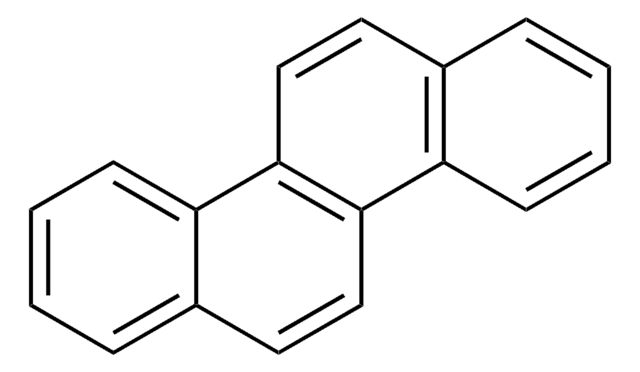
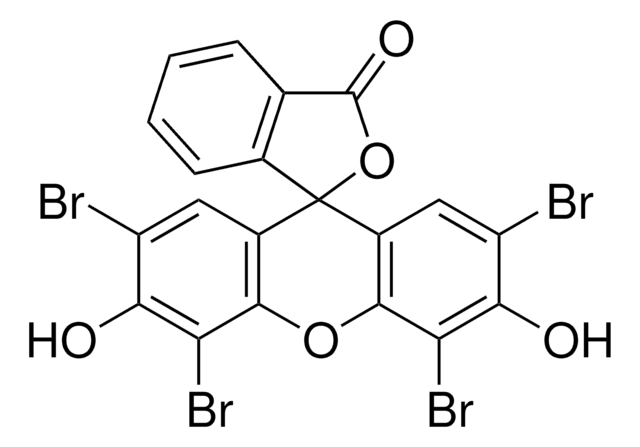


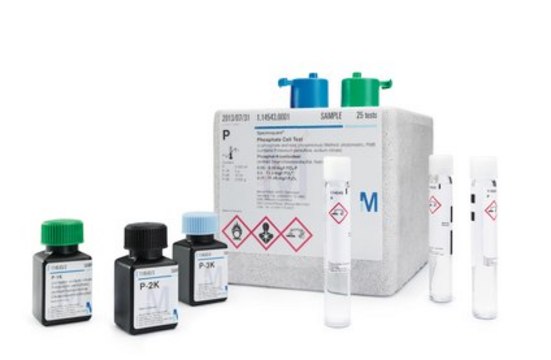
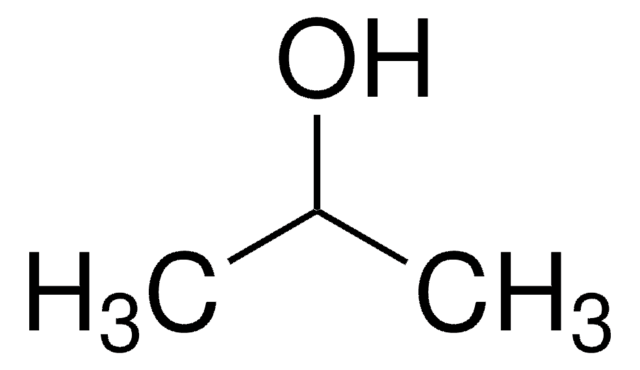
![Benz[a]anthracene 99%](/deepweb/assets/sigmaaldrich/product/structures/351/486/b3ddf157-a732-4ef8-83f0-c70a53404cb2/640/b3ddf157-a732-4ef8-83f0-c70a53404cb2.png)
